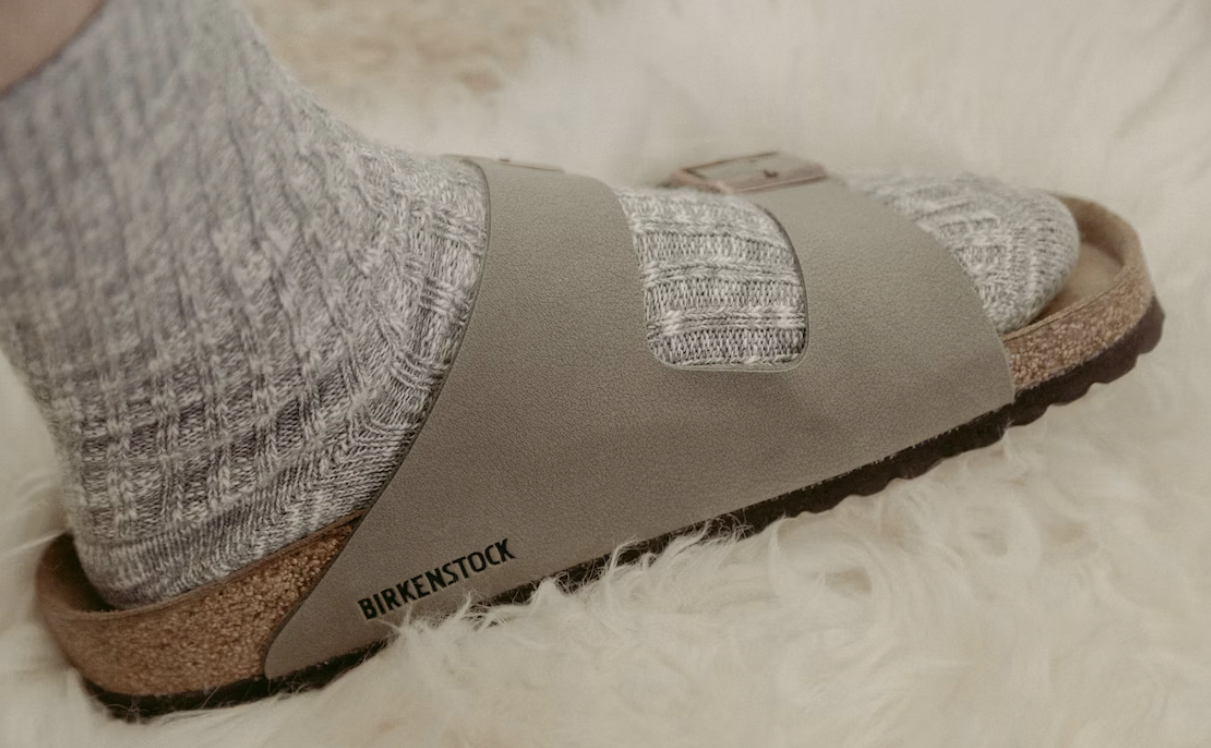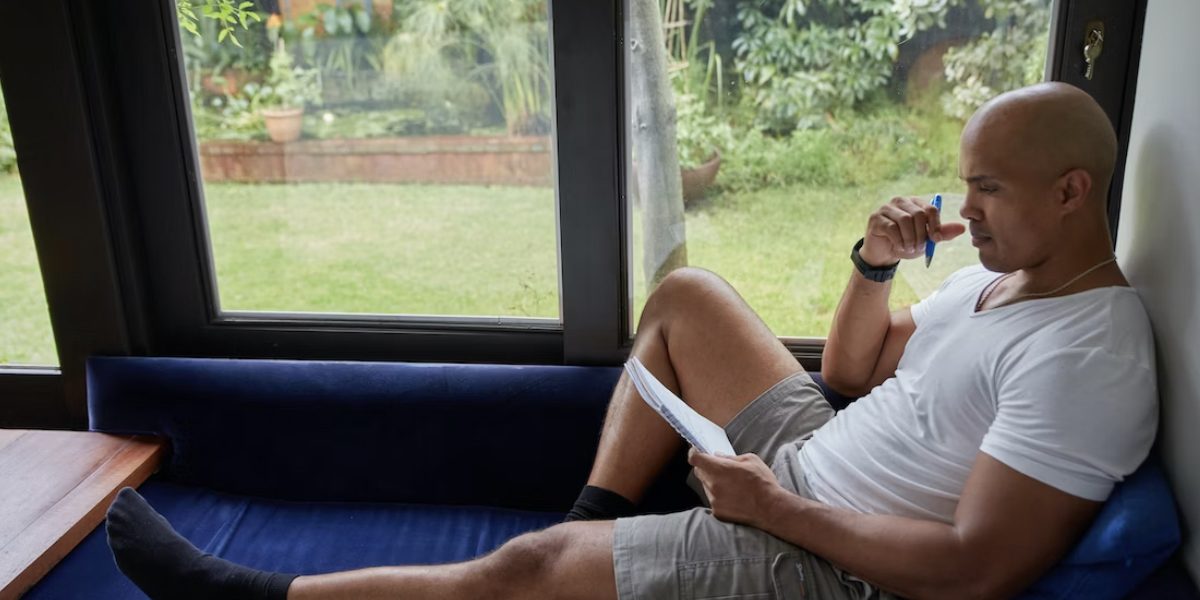How to Properly Wear and Care for Diabetic Socks: A Guide
Are you tired of diabetic socks that just don’t seem to fit right or provide the necessary comfort and support? Look no further! In this guide, we will cover everything you need to know about wearing and caring for diabetic socks. From finding the perfect size and seamless design to choosing moisture management and padding options, we have got you covered. Say goodbye to uncomfortable socks and hello to happy feet with our expert tips.
Ill-fitting socks can cause irritation, and blisters, and even lead to more serious foot problems. To ensure the best fit possible, start by measuring your feet. Use a tape measure or ruler to determine the length of your foot from heel to toe. Be sure to measure both feet as they may be slightly different sizes. Furthermore, because we differentiate diabetic socks designed for men and women, it is crucial to choose the appropriate ones. Next, check the sizing chart provided by the sock manufacturer. Sizes can vary between brands so it’s important to double-check before purchasing. Look for socks with a snug but not too tight fit around the ankle and calf. Avoid socks that bunch up or slide down during wear as this can cause discomfort and rubbing against your skin.
Unlike regular socks, seamless diabetic socks don’t have bulky seams that can cause irritation and discomfort to sensitive feet. The absence of these seams means that there’s no rubbing against the skin which can lead to blisters or sores. This makes them a great option for those with diabetes who are prone to foot injuries and need extra protection. Besides providing comfort and protection, the seamless design also helps enhance blood circulation in the feet by not restricting any part of it. This is important because good circulation aids in preventing foot problems such as ulcers and infections from developing. When shopping for diabetic socks, always look out for ones with smooth toe closure or no seam at all as they provide maximum comfort without compromising on functionality.
One of the main reasons why this is important is that excess moisture can lead to skin irritation and even infections, which are particularly dangerous for those with diabetes. To prevent these issues, many diabetic socks are designed with moisture-wicking technology. This means they have materials that actively draw sweat away from the skin and allow it to evaporate quickly, keeping feet dry and comfortable. It’s also important to note that the type of shoes worn over diabetic socks can impact moisture management. Shoes made from breathable materials like mesh or canvas can help keep feet cool and dry by allowing air to circulate freely around them. Another tip for managing moisture in diabetic socks is to avoid wearing them multiple days in a row without washing them. Even if they don’t appear dirty, bacteria can still accumulate on the fabric over time, leading to unpleasant odors as well as potential health risks.
The extra padding helps in reducing pressure on sensitive areas of your feet, preventing blisters, sores, or ulcers. The cushions, on the other hand, also minimize the impact between the foot and footwear, providing a comfortable fit for people who have to spend long hours standing or walking. However, it is essential to note that not all padding is created equal. The best diabetic socks feature high-quality materials that can retain their shape even after multiple washes. These materials include wool, bamboo fibers, or synthetic fabrics such as acrylics. When choosing padded diabetic socks, look for ones with moderate thickness. While thick cushioning may seem like a good idea for comfort reasons; it can cause tightness when worn inside shoes leading to circulation problems. Proper padding and cushioning ensure that blood flows freely through your feet while keeping them dry and protected. It would be best if you considered investing in well-padded diabetic socks designed specifically for individuals with diabetes since they offer additional benefits beyond regular cotton socks

Regular cleaning helps to remove any bacteria, sweat, or dirt that may have accumulated on the fabric and prevent any infections or odors from developing. When it comes to washing your diabetic socks, it’s best to follow the care instructions provided by the manufacturer. Typically, this involves using a mild detergent and selecting a gentle cycle when washing in a machine. To avoid damaging the fibers of the sock, make sure you don’t use bleach or fabric softeners as these can cause discoloration and weaken the material over time. Once washed, allow them to air dry rather than putting them in the dryer as high heat can shrink and damage socks. It’s also recommended that you wash your diabetic socks after each use if possible. This ensures that they are always fresh and clean for your feet while helping maintain their quality over time. By taking proper care of your diabetic socks through regular cleaning practices such as washing them frequently with mild detergent on gentle cycles while avoiding harsh chemicals like bleach or fabric softeners, you can prolong their lifespan so they continue providing adequate compression support along with reducing risks associated with diabetes-related foot issues in healthy individuals too!
Consult with a Healthcare Professional
This includes discussing with them the process of selecting and using diabetic socks for better foot health. A healthcare professional can help you determine the appropriate size and fit of diabetic socks for your feet. They may also recommend specific brands or styles that are suitable for your needs. In addition, they can advise you on how often to wear your diabetic socks and when to replace them. Following these recommendations will ensure that you get the maximum benefit from these specialized socks. If you experience any discomfort or issues while wearing your diabetic socks, a healthcare professional can help identify the cause and provide solutions. For example, if you have trouble with moisture management despite wearing moisture-wicking socks, they may suggest additional measures such as powders or creams to keep your feet dry. Regular check-ins with a healthcare professional will also allow them to monitor any changes in your foot health over time. This way, they can make adjustments as necessary to prevent further complications.
Properly wearing and caring for diabetic socks is crucial in managing the health of your feet. By ensuring the right size and fit, seamless design, moisture management, padding and cushioning, regular cleaning, and consulting with a healthcare professional when necessary, you can prevent foot injuries that may lead to serious complications. Remember to invest in high-quality diabetic socks that meet all your needs and always prioritize taking care of your feet as part of your overall diabetes management plan.








